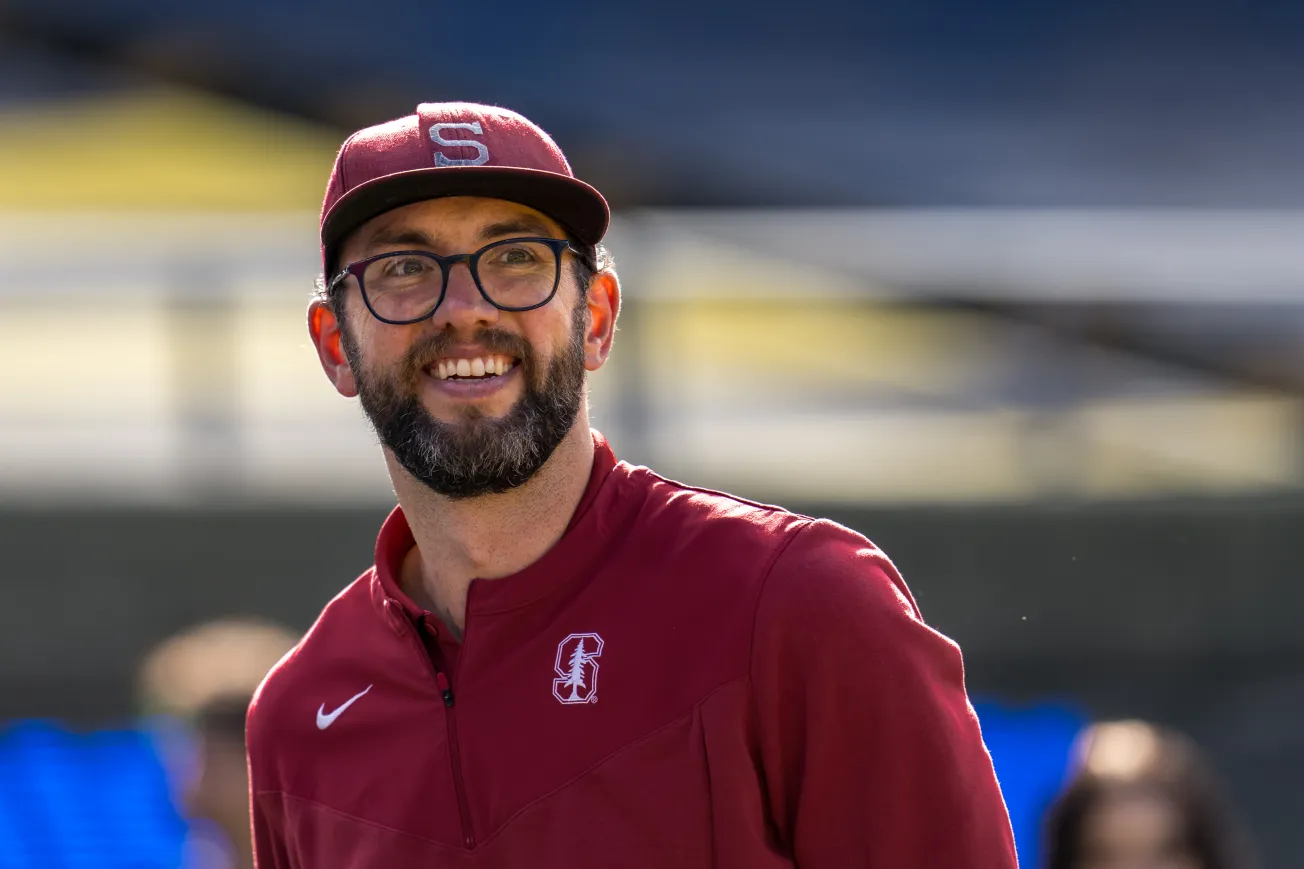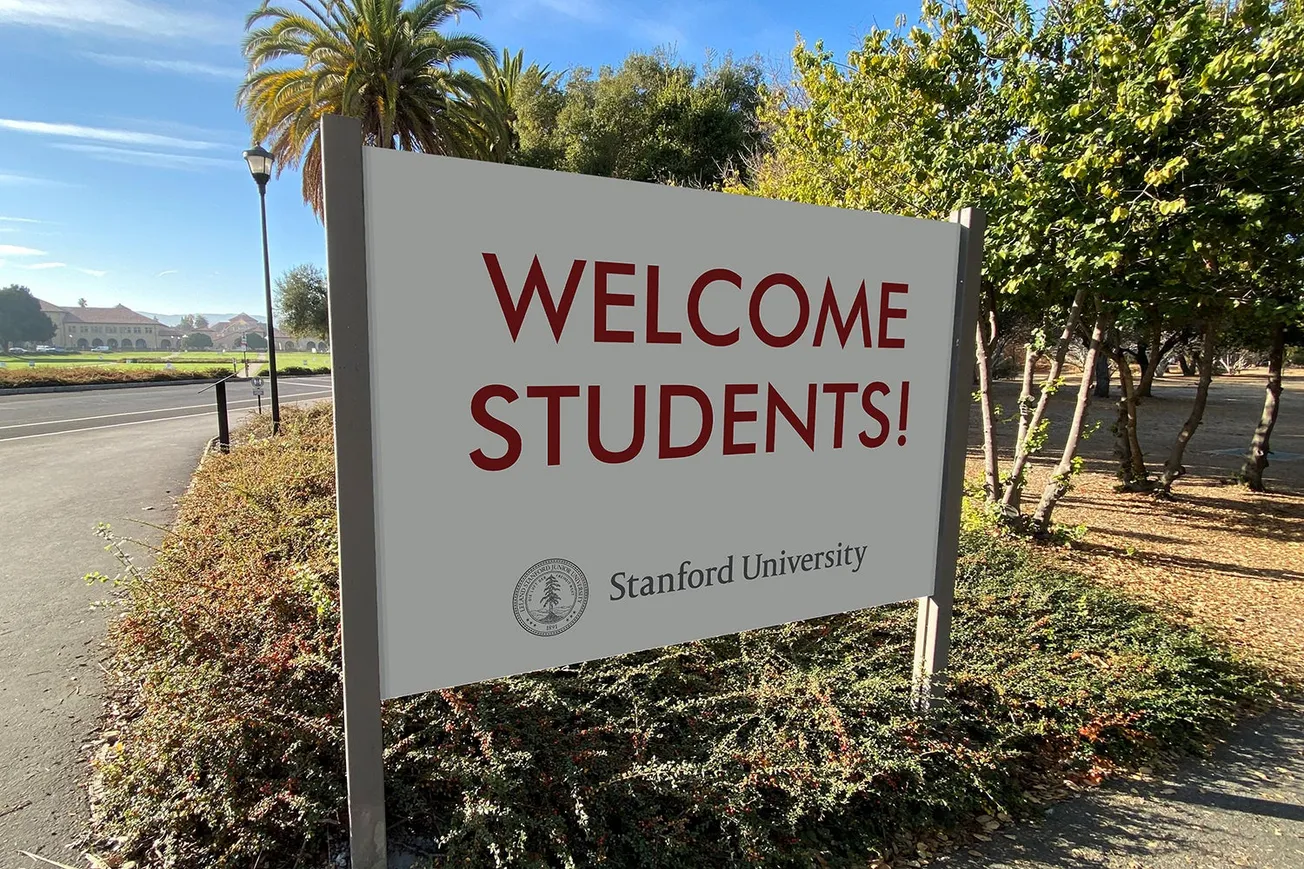Table of Contents
2025 marks a new era for Stanford football, with the first full calendar year of Andrew Luck at the helm as the inaugural general manager for the Stanford football team.
Luck previously played at quarterback for the Indianapolis Colts and Stanford from 2008 to 2011, leading the team to both the Orange Bowl and Fiesta Bowl. Luck was widely regarded by scouts as one of the best draft picks in modern NFL history, selected as the first pick in the 2012 draft. In years since, Stanford football has slowly collapsed, with four straight 3-9 seasons.
But now, Stanford football fans have reason for hope amid a vast number of changes across the program.
In addition to hiring Luck as General Manager, Stanford football has hired Luck’s former NFL coach Frank Reich as interim head coach. In addition, the school will be hiring a new Athletic Director. These are both welcome changes as former head coach Troy Taylor was both disliked and didn’t produce results.
The culture change under Reich has already been felt as the team heads into summer training ahead of the 2025-2026 season. For one, Reich has started a coach Bible study that over half the coaching staff is now attending, and is reportedly building a stronger culture within the team. He brings a positive, uplifting attitude that was very much absent during the Troy Taylor era.
These changes also come amidst a changing NIL (Name, Image, Likeness) landscape which Stanford could easily benefit from if properly positioned. Stanford’s new revenue sharing agreement with student-athletes begins during the upcoming season. In terms of shared conference revenues from the ACC, Stanford joined the ACC at a financial disadvantage in its terms of joining but slowly will recuperate these financial losses in years to come.
Stanford chose to share revenue according to revenue each sport brought in, rather than equally sharing across sports, a decision that benefits Stanford football, the school’s primary rainmaker.
Andrew Luck himself is also harnessing his own star power by trying to raise $500 million for the program, making good progress so far. If successful, this could change the trajectory of Stanford football and provide the funding all sports programs on campus need to be the best in the nation.
Stanford and its NIL (Name, Image, Likeness) collective Lifetime Cardinal require the ability to justify competitive levels of capital investment in the program to sustain the culture of excellence that defines Stanford athletics. Stanford Football is a hallowed tradition, but this requires strong fiscal investment, administrative prioritization, and community buy-in. Let’s hope Andrew Luck can help reignite this tradition on the farm.





